12 Space Facts That are Interesting and Weird in Several Ways
Have you ever wondered how many stars are there in the universe? Read amazing space facts and know the answers to your space questions.
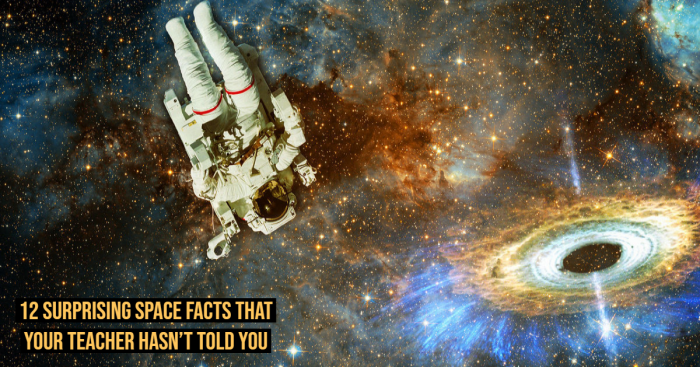
You might have heard or read about Space in your school books. The concept of Space exploration raises many questions. Sometimes you think, why you cannot hear anything in space; other times, you wonder why there are only eight planets in the solar system?
There’s a lot of things to know about space. The fact is that we only have answers to common questions. The sheer vastness of the space and the trillions of objects in the galaxy are not easy to understand. Below we have compiled several space facts that are mind-boggling, and you might haven’t heard of or read about before.
Are you ready to travel into space? Here we go!
Interesting Space Facts That Might Surprise You
1. There is No Way or Medium to be Heard
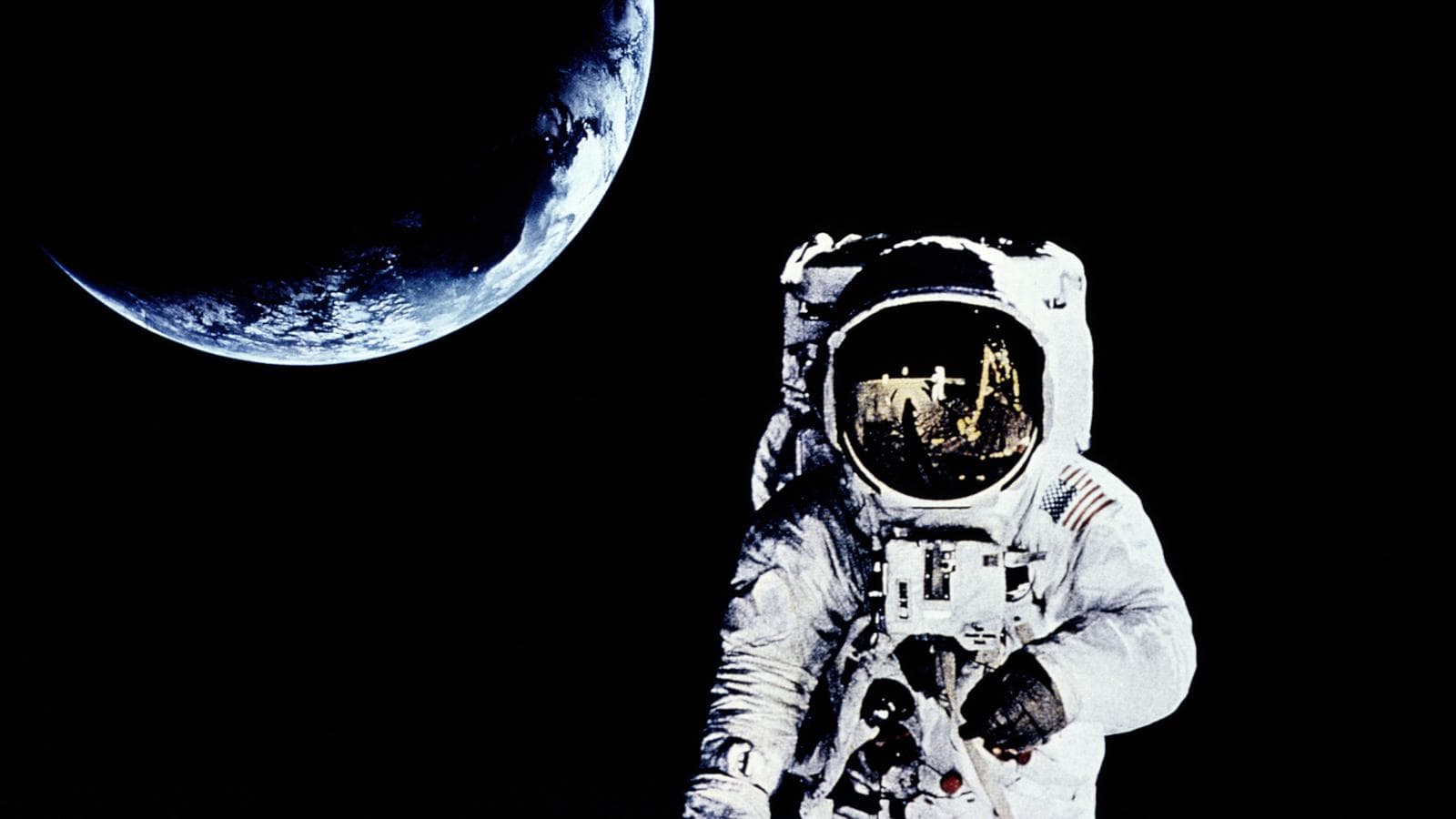
You know that sound waves need a medium to pass through. There is no atmosphere in space, which means that sound has no way to travel. Astronauts use radios to communicate in space as the radio waves can be received and sent.
It is also said that space is not empty. The vast gaps between planets and stars are filled with gas and dust. It is also filled with radiation that is dangerous to an astronaut’s health.
2. You Cannot Count the Number of Stars in Space
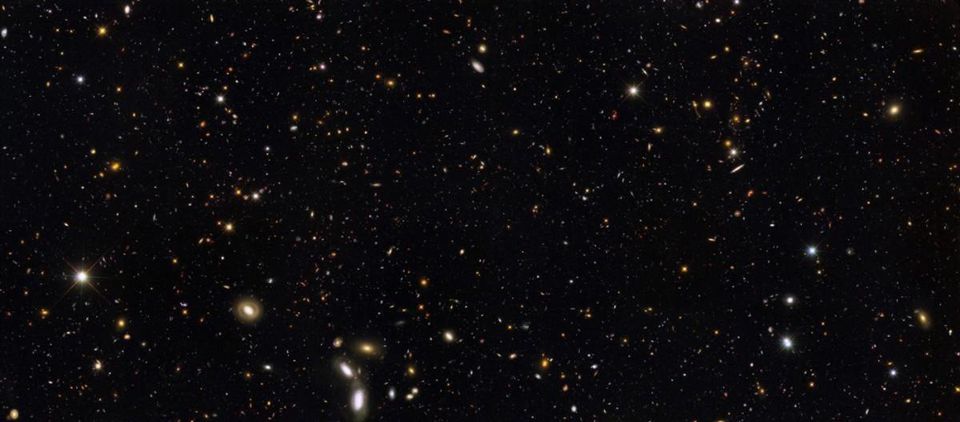
You cannot predict how many stars are there in the universe. Scientists and astronomers use the number of stars within our galaxy (The Milky Way) to estimate the count. This number can be estimated to 400 billion stars, and there are billions of galaxies in space, so it is difficult to predict the number of stars. An Australian National University predicted that there could be 70 sextillion stars, i.e., 70,000 million million million. Read about bizarre stars in the universe.
3. There are Around 200 Dwarf Planets in the Solar System
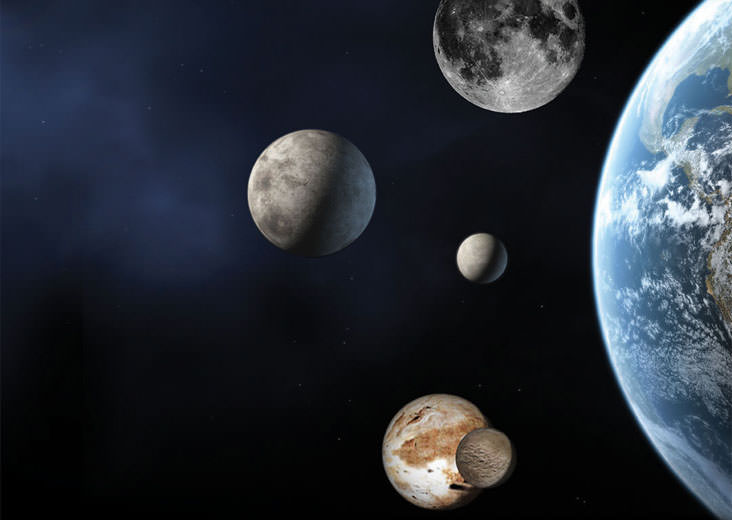
This space fact might shock you as you have read that there are only eight planets in the solar system. But Dwarf planets are too small to be considered as full-fledged planets but are also too large to be counted in the small categories. IAU (International Astronomical Union) adopted the term dwarf in 2006.
The largest dwarf planet is Pluto, followed by Eris, Makemake, Haumea, Ceres, and so on. If Pluto was still a planet, it would be the oldest. Read why Pluto is no longer a planet.
A celestial body is considered a Dwarf planet if it orbits around the sun. It has a mass for its self-gravity to overcome body forces so that it assumes an equilibrium shape.
4. The Footprints of Astronauts on the Moon Can Be Seen for 100 Million Years
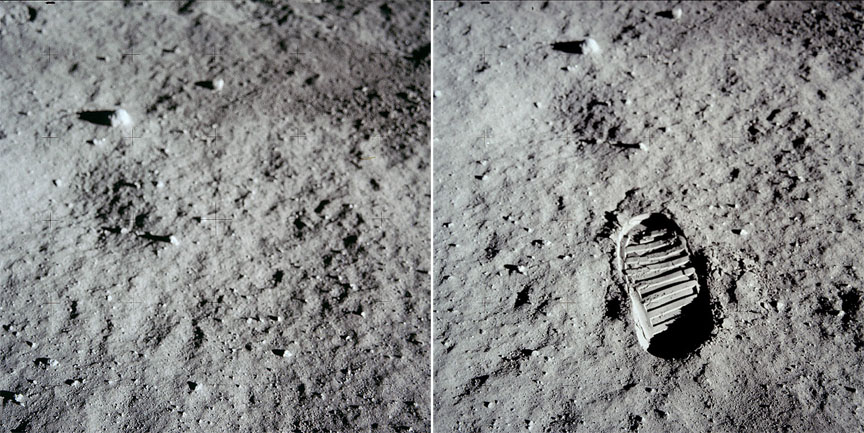
Wow! This is surprising. The moon has no atmosphere, i.e., there is no air to wash the footprints. Also, there is no volcanic activity to change the lunar surface features.
So, the footprints of astronauts and spacecraft and other discarded materials can be noticed on the moon for 100 million years. Although the marks are not permanent, they are there for a very long time. An Arizona State University scientist, Mark Robinson, said –
“They won't be there forever. The moon is constantly bombarded with micrometeorites. These are very, very small particles that impact at very high velocities.”
From past studies, it was revealed that rocks erode only 0.04 inches every 1 million years.
5. The Weightless Environment Doesn’t Cause Tears to Fall
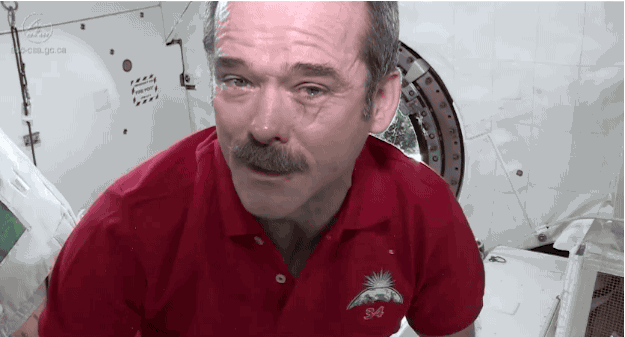
What do you think can astronauts cry in space? You can do amazing things in space like floating or eating in zero gravity. But there are certain things that astronauts can’t even think to do in space or the weightless environment. There is no gravity, and therefore if astronauts cry in space, the tears won’t fall. Tears form into a ball of liquid (bubble) and float.
This may sound cool to you, but it is dangerous. When space tears build enough liquid, they break and float around. American astronaut Andrew Feustel on a spacewalk got a flake of anti-flogging solution into his eyes. He was stuck in a spacesuit and was not even able to remove because of the helmet.
Thankfully he rubbed the water from a sponge inside his helmet. Do you know what happens when you sneeze or fart in zero gravity? Did you know this fact about space? I didn’t.
Chris Hadfield explained how tears form around the eyes in space. Check out the video below.
Source – "Canadian Space Agency"
6. Toilet Paper and Underwear has Helped in Growing Plants on the ISS
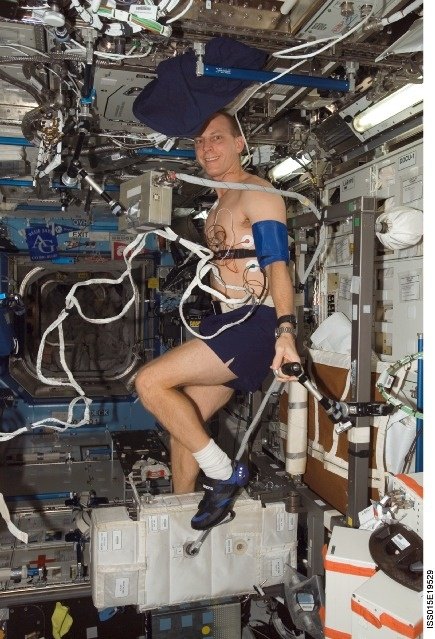
A popular American astronaut Don Pettit discovered that if you fold underpants into a sphere and stitch in toilet paper (thick and wool-like gauze), it can create a warmer environment and make tomato and basil seeds to sprout. Like socks, underwear is changed after four days and found that it provides extra nutrients to the plants.
Do you know the scientists are working on how to use dirty underwear to feed it to bacteria? The bacteria digest the paper or cotton underwear. The gas they would make can be used to help fuel the spacecraft. No doubt, astronauts are known to work hard, but dirty underwear sounds ridiculous.
This is one of the weirdest space facts I have ever read!
7. Huge Water Reservoir Found in Space
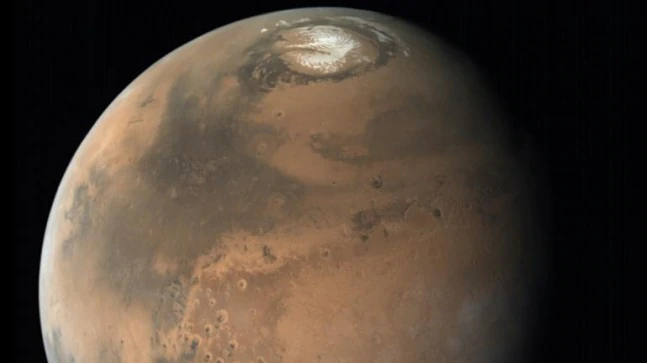
The astronomers discovered the largest body of water, a reservoir of water in space around an ancient distant quasar. A reservoir holds 140 trillion times the mass of water in the Earth’s oceans.
Quasars are powerful entities in space; with this, they pump out nearly 1000 trillion times more energy than the sun and around 65,000 times the whole of the Milky Way. Do you know the black hole found at the center of the quasar has a mass 20 billion times greater than the sun?
Water vapors are found throughout the universe. In the Milky Way, water vapor surface can be noticed in a particular region; however, the water in the quasar looks like it is present for more than hundreds of light-years.
8. The Moon Looks Bigger Near the Horizon
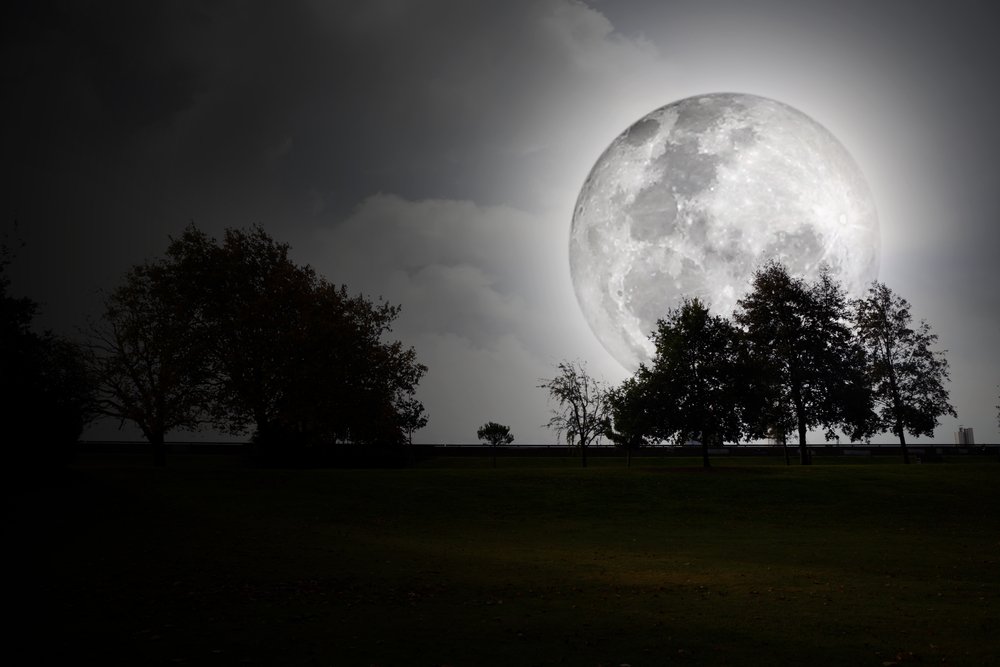
Why the Moon looks bigger near the horizon? This question has been raised several times. Some believed that there is some effect that causes the atmosphere to look like a magnifying glass, which makes the moon look bigger.
Several theories have been published on this case. While some scientists believe that the moon looks bigger only in our minds, there’s nothing like this case; others say it is the Moon illusion. The moon comes closer to the planet during its 29.5-day orbit around the Earth. During that time, it looks bigger than usual but doesn’t increase in size.
When a full moon occurs, the moon is called a supermoon and appears nearly 14% bigger than its normal size. What do you think- which theory is considered to be true?
You can also confirm that there is no increase in size by experimenting. Take a camera and capture the moon when it is on the horizon. Next, capture another picture after a few hours. Now compare the size of the moon, and you will find that the two pictures are the same in size.
Watch the Video Below to Know About Moon Illusion.
Source - "AsapScience"
9. Venus is the Hottest Planet With Average Temperature of 450°C
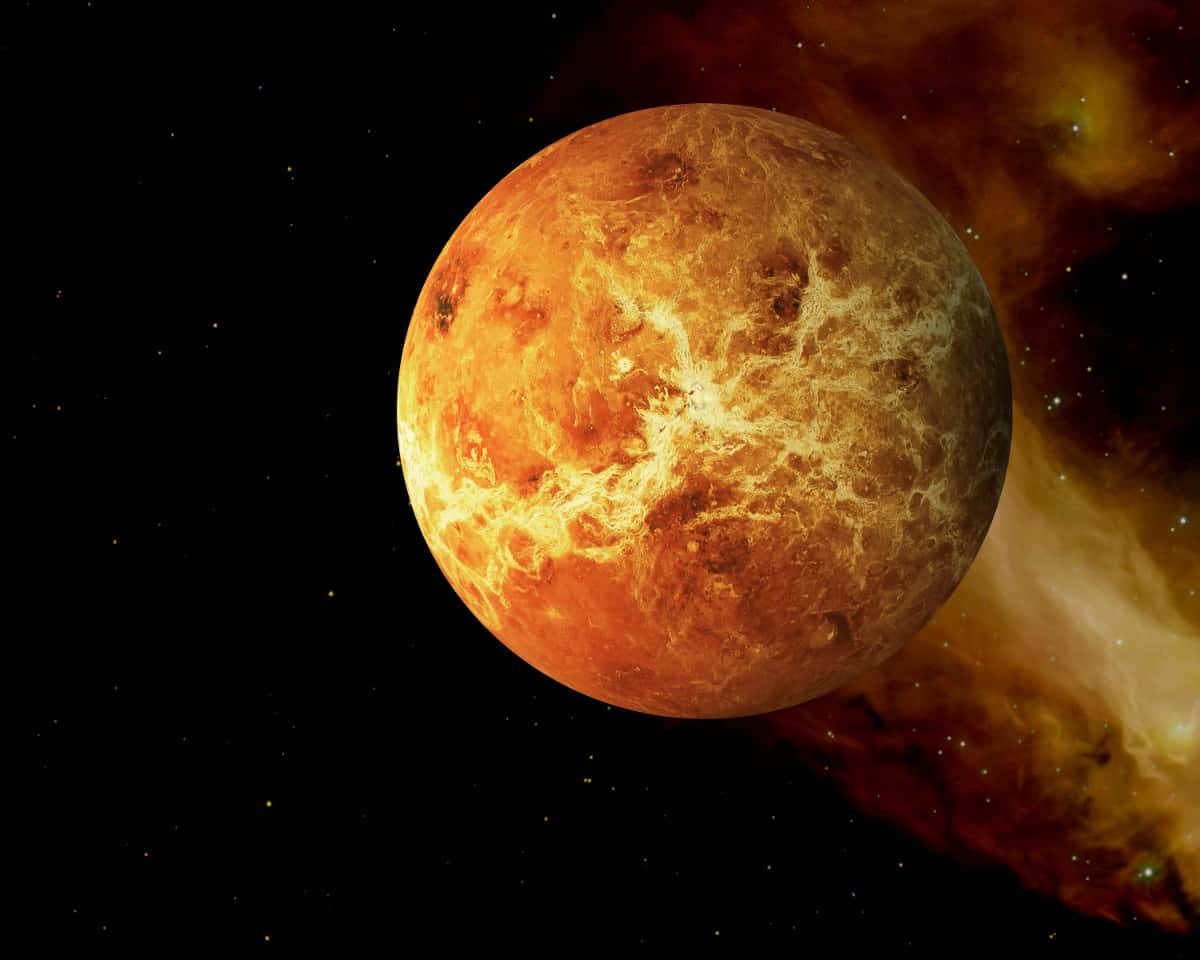
Earth is the third planet from the sun, and the climate is perfect for living a life. The Solar system comprises of cold and hotter planets. Do you know which one is the hottest and coldest? You know Neptune is the coldest because it is the farthest planet from the sun.
You would say that mercury is the hottest planet as it is closer to the sun, but Venus is hotter than mercury. Why is it so? Venus has a thick, dense cloud layer and has a thick atmosphere of CO2 that adds pressure and traps in heat. Much of hydrogen evaporated in the formation of Venus and left a thick atmosphere across the planet. The average temperature here is 450° C.
The size of Venus is similar to that of Earth, but its atmosphere causes a great difference in the planet's temperature. Venus is also called the sister planet. It has a radius of 3760 miles, and about fourth-fifth of it is covered by lava-hardened plains.
10. The Shortest Distance Between Earth and Space is About 100 Kms
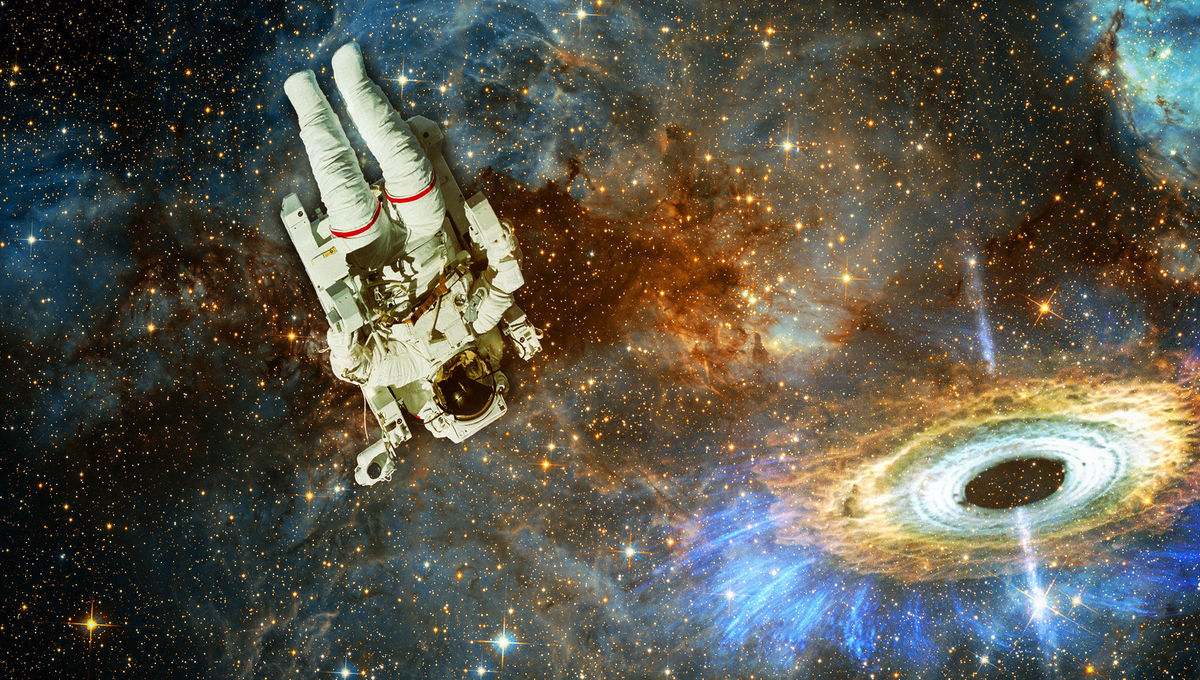
When you look at the sky, you see glittering stars. You think space is very far from the earth, but do you know that space is quite close; it is at the point where the Earth’s atmosphere ends.
According to NASA, any vehicle to get launched into orbit should travel about 6-7 miles per second. The shortest distance between space and earth is only 100kms, straight up, which is where the planet’s boundary ends.
NASA needs around 500,000 gallons of rocket propellant and two strap-on rocket boosters to lift a 100-ton space shuttle and its cargo into space to reach the orbit. This is one of the amazing space facts that everyone should know. It is believed that if you can drive your upwards, you will be in space in less than half an hour.
What do you think- is surviving in space is easy? If you ever plan to travel into space, read this guide that details how humans can survive in space. (14.1)
11. One Million Earths Can be Put into the Sun
One million Earths: A visual representation of how many Earths could fit inside the sun pic.twitter.com/Eq3qpl7Log
— Mike Whitmore (@mikewhitmore) January 29, 2015
Do you know huge the sun is? The sun makes 99.86% of the mass of the entire solar system. The other huge planets, i.e., Jupiter and Saturn, make around 0.14% of the solar system.
The sun has a radius of 100 times than of the earth. If you put 1.3 million earth into the sun, it will look like this. Those small blue balls represent the earth, and the large ball is the sun.
12. The Universe is 13.8 Billion Years Old
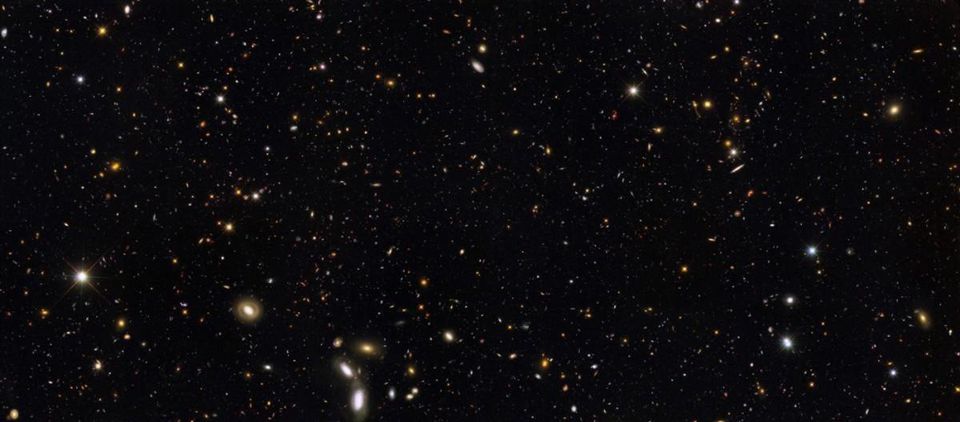
How did the scientists find the age of the universe? According to research, the universe cannot be younger than the objects it contains. The scientists calculate the age of the oldest stars in the universe, and then they approximately found the age of the universe. It is said that the lifecycle of the star is based on its weight. The stars with more mass, burn faster than the ones with less weight.
Astronomers believe that the Milky Way Galaxy is 13.6 billion years old. And the newest galaxy formed is 500 million years old. But 13.8 billion is too small to be the answer. In reality, humans can see 46 billion light-years in all directions for a total diameter of 92 billion light-years.
The fact is space is expanding now and then. New space is created between the galaxies, so the actual age of the universe cannot be calculated. However, the approx age can be determined in two ways - by measuring the rate of the expansion of the universe, and by calculating the age of the oldest star.
Final Words
Astronomy provides a fascinating and amazing view of the universe. Sometimes you think about how scientists do research and determine the facts; other times, we think of how this can be possible. Humans have always looked into the sky and wondered several things about it. Check some common space myths that are not known.
Do you know other space facts that are not listed above? If so, drop the comments below.
Popular Posts
What Is Trypophobia – A Disgust More Than Fear
"I can't really face small, irregularly or asymmetrically placed holes, they make me like, throw up in my mouth, cry a little bi...
Chandan Roy
16 Interesting Facts About Ambidextrous People
A lefty or left-handed uses his left hand more naturally and dominantly than the right hand. And the righty or right-handed is o...
Ethan Stephans
20 Interesting Facts About Meteoroid, Meteor and Meteorite
Watching celestial objects is a true delight. It is still fun to catch a sight of shooting stars when we grow up. A second of th...
Swati Bhandari








